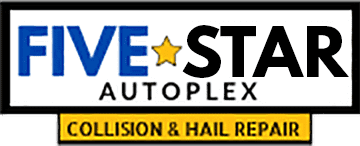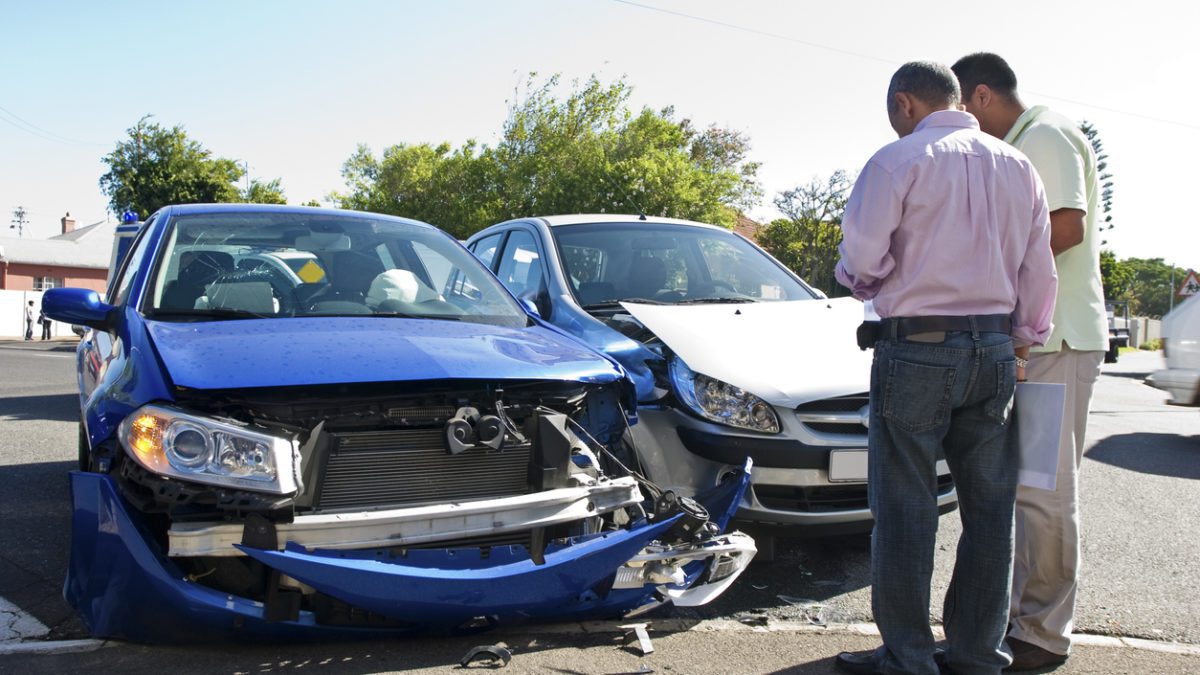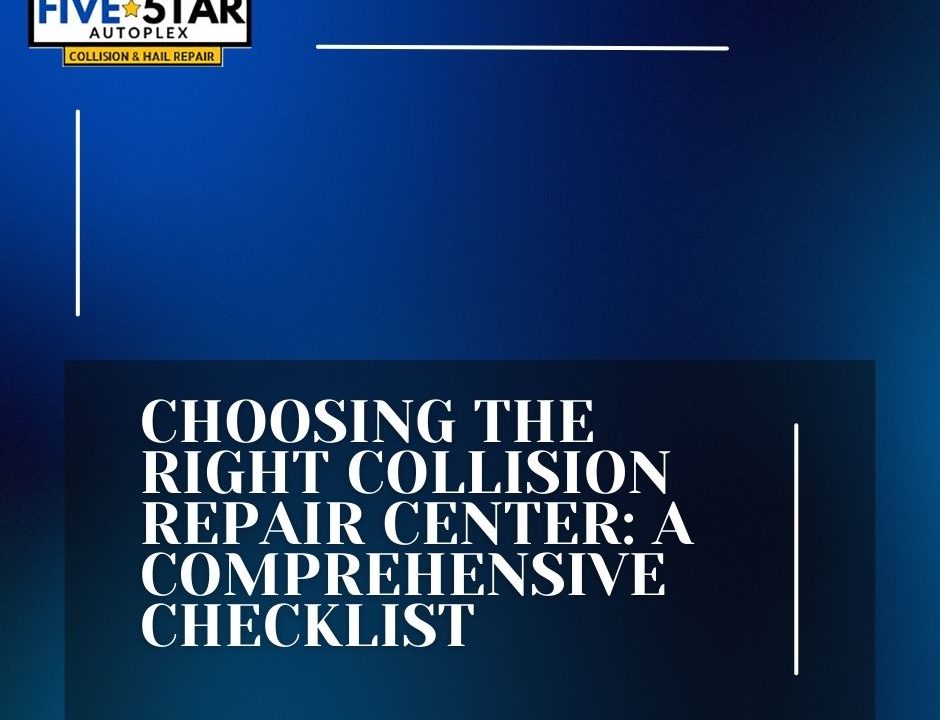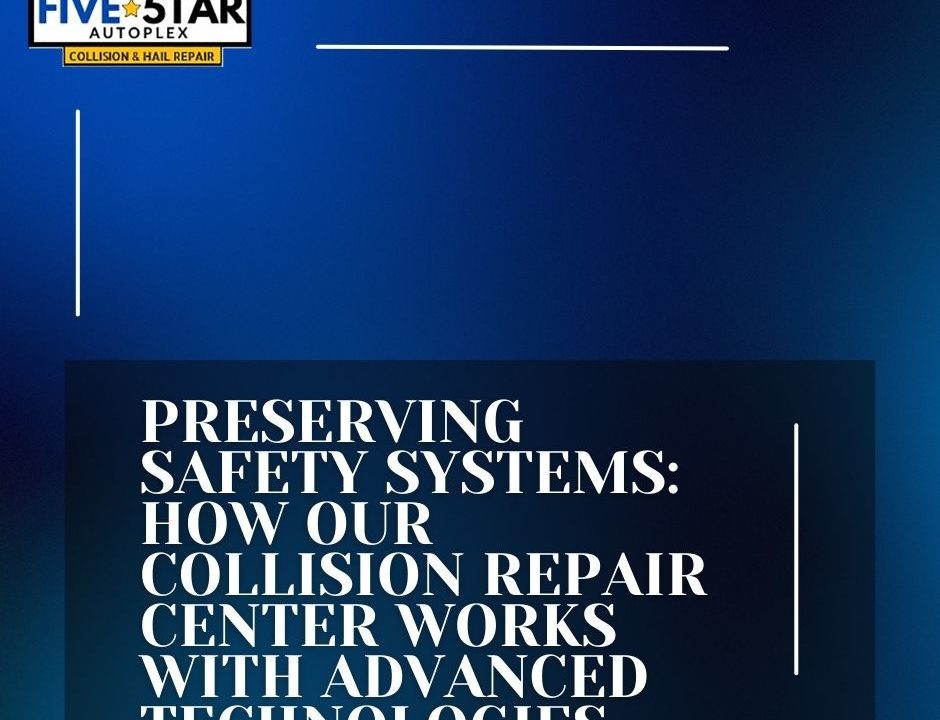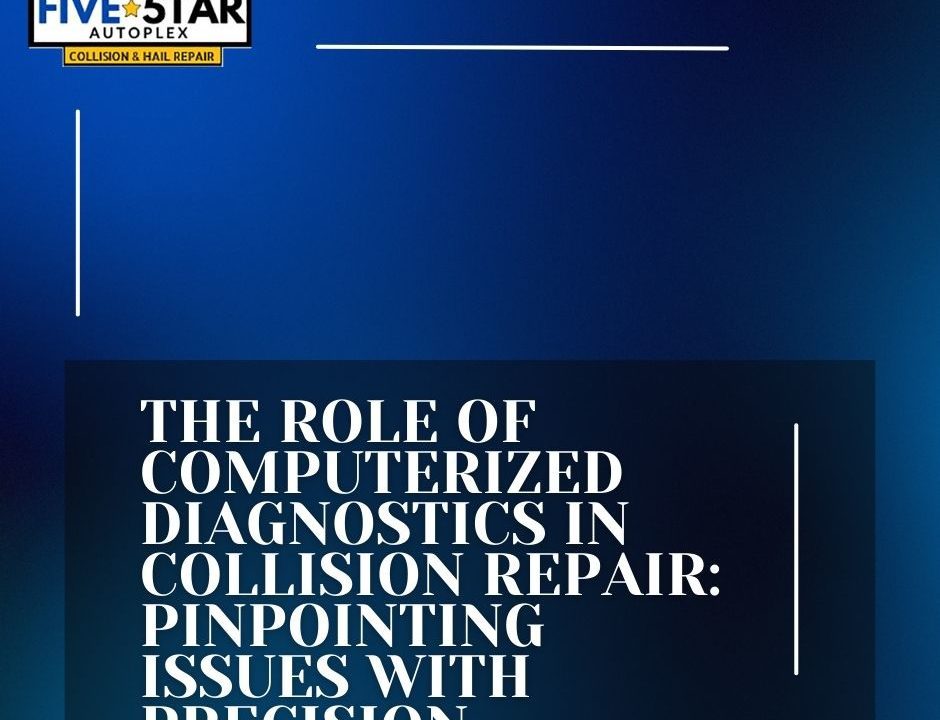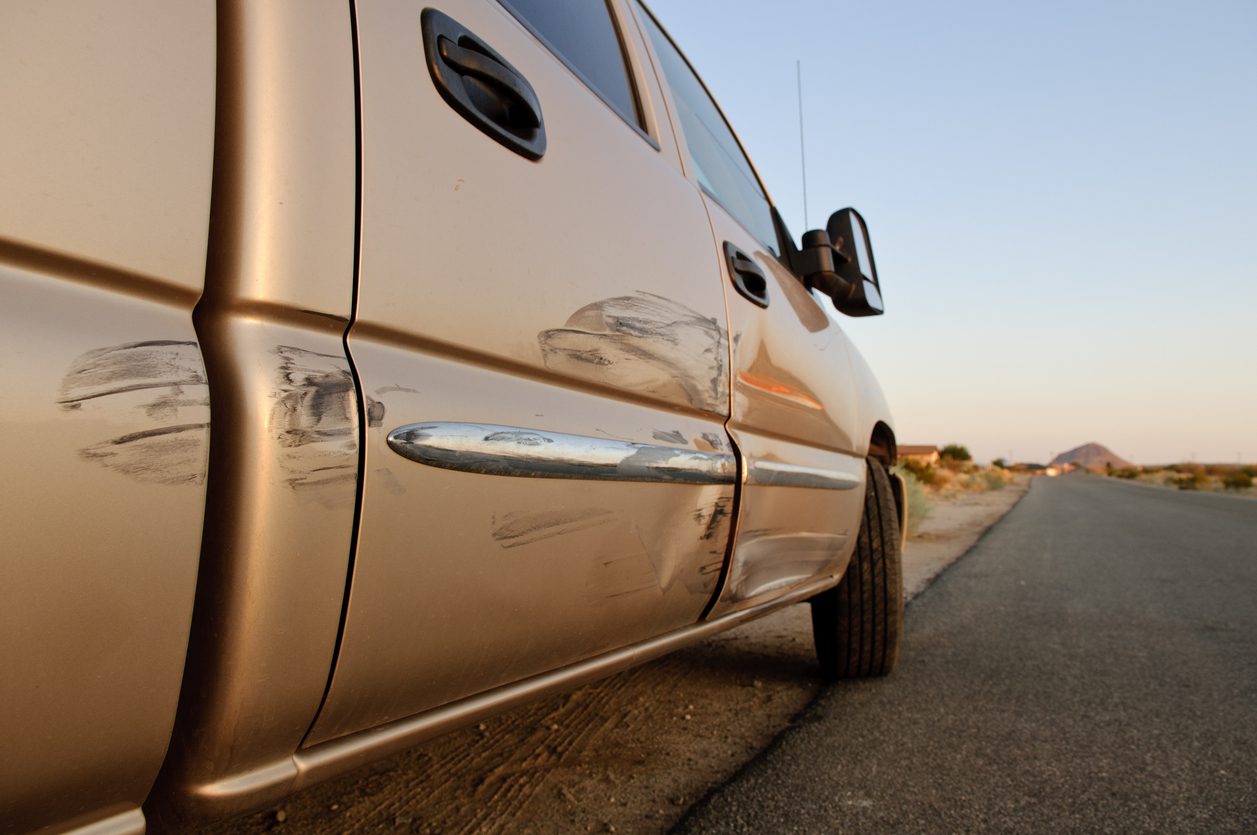
Collision Coverage – What Happens If You Are Not at Fault?

Keeping a Cars Paint Job in Good Condition
Collision repair used to be as simple as straightening steel and replacing broken parts. But today’s vehicles are more complex. They have onboard computers, and that means specialized tools and diagnostic systems, along with more parts. All these factors can drive up repair costs. This article will examine what makes up collision repair costs. We’ll also look at the impact of technology and non-standard parts.
Damage caused by a front-end collision
A front-end collision can result in damage to a car’s engine, transmission, and steering systems. Because the front end of a car collides with the other vehicle, the impact can bend the drive shaft and CV axles. Once damaged, these components can cause the car to pull to one side or to drive unevenly. Because these components are bent beyond repair, they must be replaced.
The front end of a vehicle can be damaged in a number of ways, including the bumper, automotive lighting, body and frame, steering system, and more. Damage to under-the-hood areas can cause serious issues, affecting the car’s engine or transmission. Rear-end collisions often result from someone backing into you or hitting your car from behind. Despite the differences in the types of vehicle damage, these collisions still cost a lot to repair.
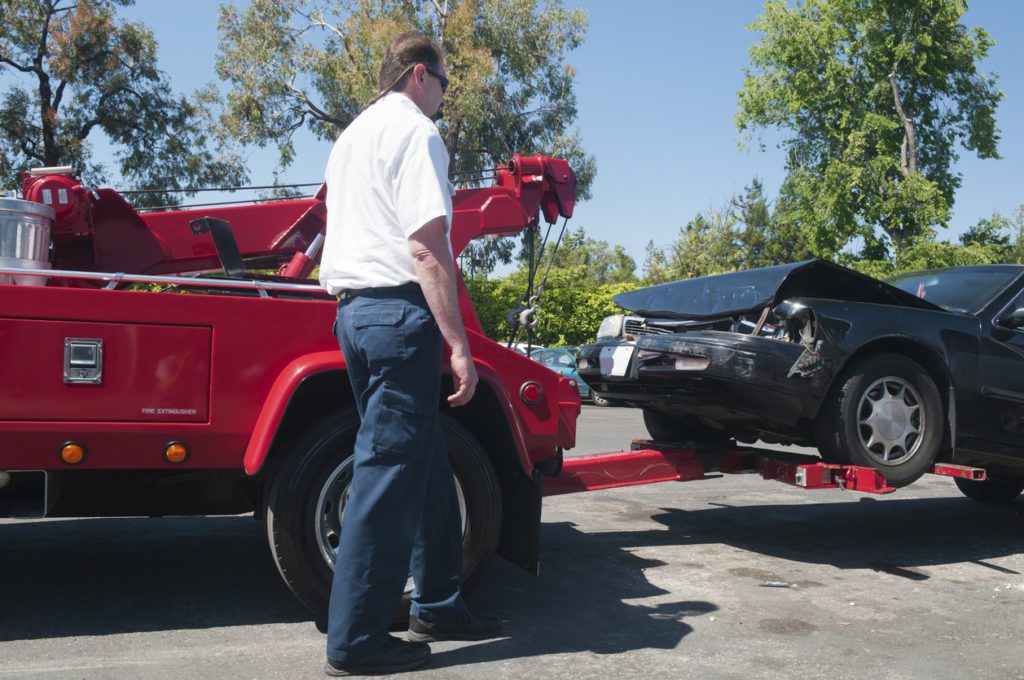
Impact of technology on collision repair costs
The increase in collision repair costs is primarily the result of technological advances. The use of alternative materials and improved safety equipment are driving this trend. These costs will ultimately be passed along to vehicle owners. This trend is more severe in fleets, as they have a greater proportion of late-model vehicles than individual vehicle owners. Still, the overall trend is a positive one. Consumers can expect lower repair costs and a lower overall cost if they choose a qualified collision repair shop like 5 Star Paint and Body.
Collision repair costs continue to rise despite the use of advanced technologies. Hybrid powertrains, for example, can add thousands of dollars to the cost of a repair. Some vehicles require the replacement of a hybrid battery, which costs up to $6,000. However, this repair is complicated because it must be assessed before the vehicle’s electrical system is restored. The front-mounted camera and sonar sensors are also among the first components to be damaged in an accident. Because of their complicated systems, they require more labor than the average collision repair shop.
Insurance deductible
The insurance deductible is the portion of the repair cost that you are responsible for before your insurer pays the rest. It is a necessary component of car insurance. If you have a small car, you can choose a lower deductible if you are on a tight budget. You may be willing to pay a higher monthly premium if you are able to cover a larger portion of the costs yourself. If your vehicle is worth more, you can choose a lower deductible and pay a higher monthly premium. However, if you have a large emergency fund, you can choose a higher deductible but pay a lower premium.
The insurance deductible is the amount of money that you pay out of pocket for repairs or replacement. This money is used to reduce your insurance premium and reduce your payout to the insurance company. If you can afford to pay the full amount of the repairs yourself, you can save money on the insurance deductible by having only the necessary parts fixed. However, if you’re not able to afford these repairs, you should consider getting only the necessary parts repaired, such as your front end and the bumper.
Non-standard parts
When a vehicle has been involved in a collision, the cost of repairs may vary greatly, depending on the type of parts used. Non-OEM parts are those that are not original equipment manufacturers (OEMs) and have been reconditioned with OEM backing. They are often cheaper and are a popular choice among collision repairers. However, the use of non-OEM parts is controversial. The insurance industry advocates using non-OEM parts to reduce costs. Some argue that non-OEM parts are inferior and may even cause damage to your vehicle. However, there are also legal battles in the U.S. between manufacturers and dealerships over the use of non-OEM parts.
The NAIC has a number of model laws, regulations and guidelines that state insurance commissioners and legislatures may adopt. The After Market Parts Model Regulation was first published by the NAIC in 2000. It details the use of non-OEM parts in auto damage repairs and is available on NAIC’s website. Some states have adopted the model regulation verbatim, while others have incorporated bits of it into their own laws.
5 Star Autoplex, a Fort Worth collision center, specializes in auto body, collision and dent repairs. Their combined experience spans over 30 years in the auto body industry. They are ASE-certified technicians and one of the most prestigious U.S. auto repair shops to have received the prestigious Gold Class I-CAR Certification. They provide a lifetime guarantee on all auto body repairs and help customers save thousands of dollars by delivering quality service quickly.
